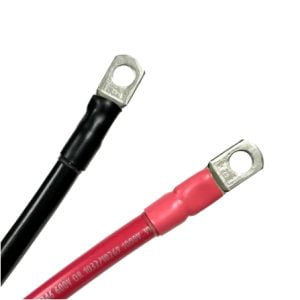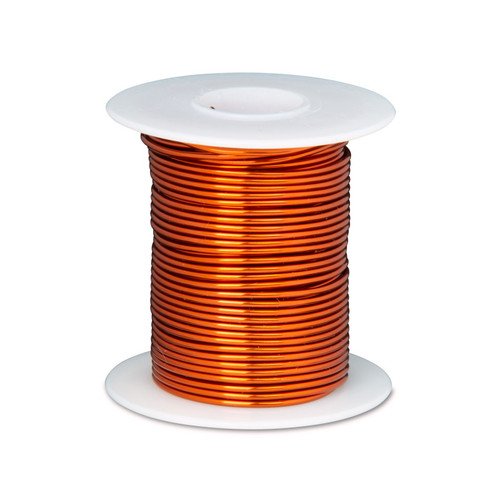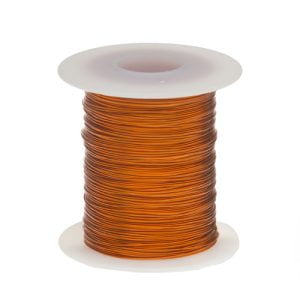

It is a type of wire that is based on a metallic conductor covered with a special insulating varnish. Commonly used metal materials include copper, aluminum, etc., while the insulating varnish protects the conductor and provides insulation.
Magnet wire is widely used in electrical equipment such as motors, transformers and coils. Its excellent insulating and conductive properties make it an indispensable part of electronic products.
With the continuous development of the electronics industry, the market size of magnet wire continues to expand. The growth in market demand has also pushed up the production volume, showing a steady growth trend.
To summarize, we already know what magnet wire is, the application areas of enameled wire as well as market size and future trends.now,we can know how to make magnet wire.It is usually divided into the following key steps:
The production of enameled wire requires a high degree of technology and sophisticated equipment, and manufacturers usually need to have rich experience and advanced production processes in order to produce high quality enameled wire products.
We can also know something aout the magnet.
For example the Specifications,Features,Bare Wire Diameter Range,Outer Diameter of Magnet Wire.
Selecting magnet wire requires an analysis of specifications and features. Insulation type is an important parameter to consider. Choices include products that use a polyvinyl formal resin, polyimide resin, or polyamide resin; polyurethane base insulation enamel; or film insulation with a modified polyester basecoat and nylon topcoat. Magnet wire may also be insulated with a polyester resin or internal lubricating film. Most products are single-coated, but double-coated magnet wire is also commonly available. Other product specifications for magnet wire include thermal class and size range. Examples include class 1 magnet wire (heavy build) and class 2 magnet wire (single build).
Magnet wire may be coated with a smooth surface so that products can be more easily wound with automated machinery. In addition to windability, magnet wire features include resistance to hydrolysis (an important consideration for use in hermetic systems), abrasion and chemical resistance, and resistance to common solvents. Magnet wire may also provide heat-shock resistance and burnout resistance, as well as excellent dielectric properties.
Elektrisola specializes in fine magnet wire diameters, starting with 0.008 mm (8 microns), and going up to a diameter of 0.50 mm. Beside the standardized diameters a big variety of special diameters is produced according to customer’s specification. Bare wire tolerances are very important in magnet wire as they have direct impact on the resistance what again determines the variance of the final coil resistance.
International standards like IEC group magnet wires according to ranges of specific outer diameters. IEC groups the insulation in Grade 1, 2, or 3, NEMA in single, heavy, or triple, and JIS in class 0, 1, 2, or 3. The tolerances in these standards can be further restricted if necessary to design and optimize the wound coils and final products.




